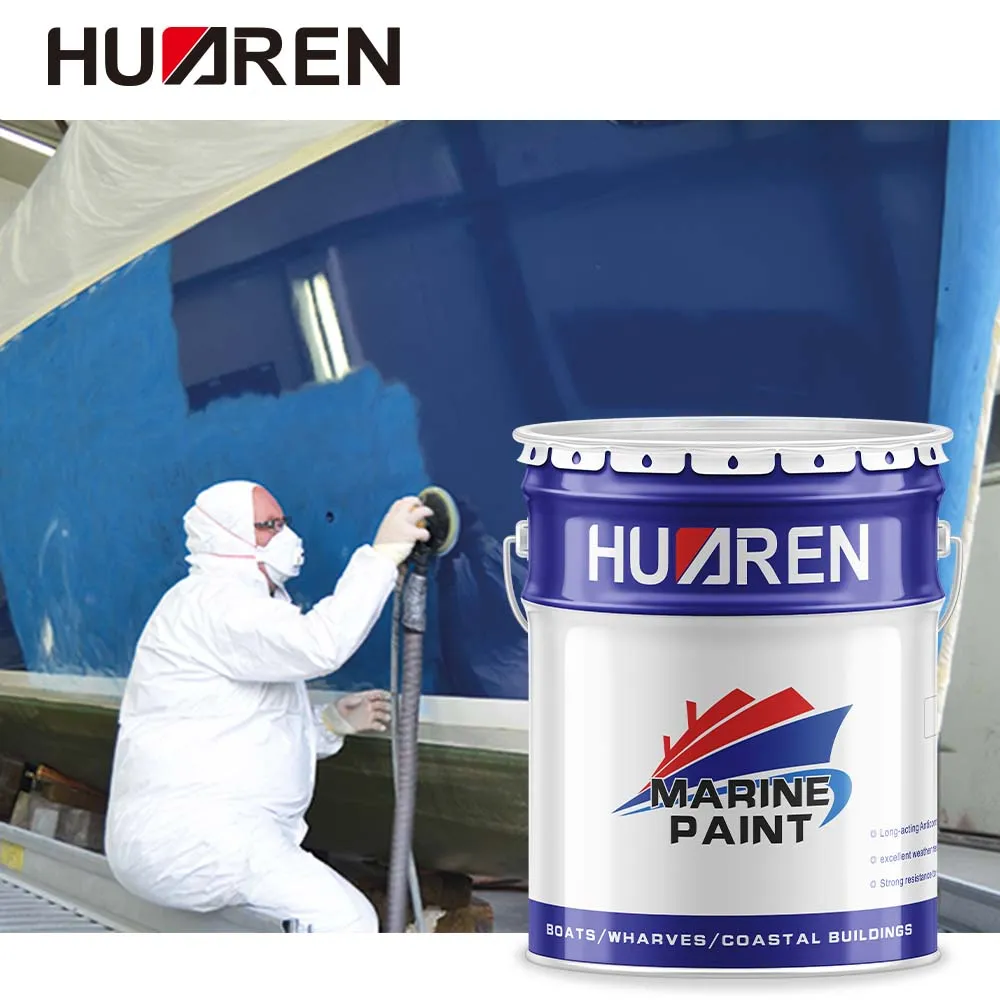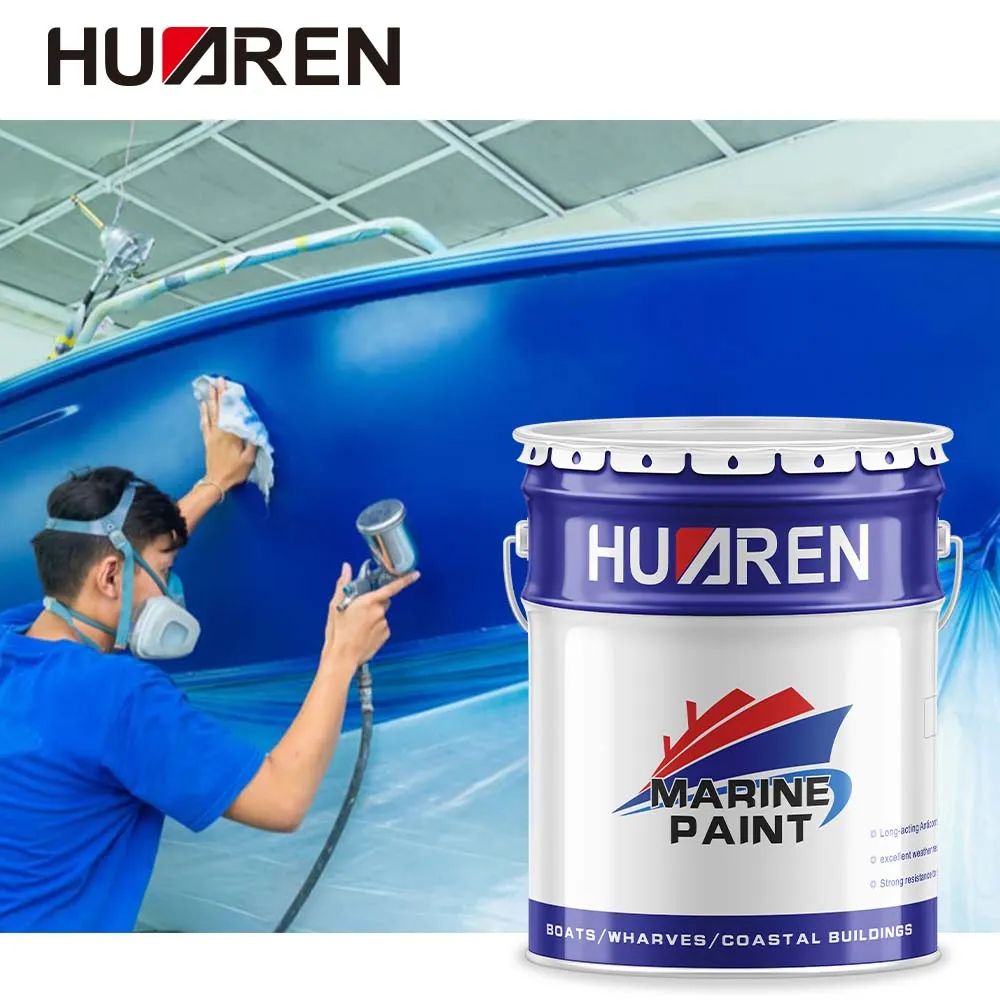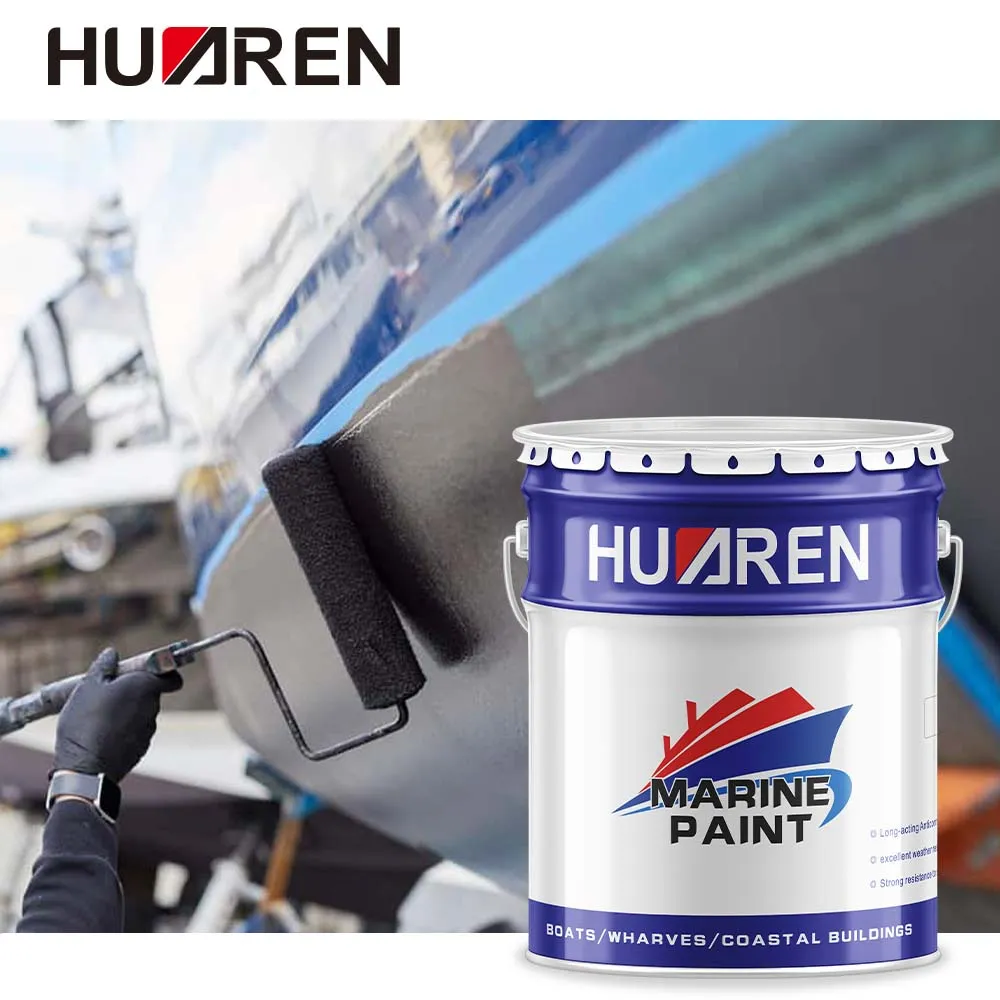When ships sail in the marine environment for a long time, marine organisms such as algae, shellfish and other microorganisms are easily attached to the bottom of the ship. These attachments will not only increase the resistance of the ship and reduce the sailing speed, but also increase fuel consumption and even cause hull corrosion. Therefore, the use of antifouling boat paint is particularly important in the shipping industry.
So, how long is the service life of antifouling boat paint? How often does it need maintenance? This article will explore these issues in detail to help ship owners and shipping companies better maintain ships and ensure their efficient operation.

What is antifouling boat paint?
Antifouling boat paint is a special coating that is applied to the surface of the hull, especially the bottom of the ship, to prevent the attachment of marine organisms. Antifouling paint prevents the growth of marine organisms on the hull by releasing toxic substances or using non-adhesive surface technology. Common types of antifouling paints include self-polishing antifouling paint and hard antifouling paint.
● Self-polishing antifouling paint: Continuously prevents the attachment of marine organisms by gradually releasing active ingredients. This paint will gradually wear away during sailing, thereby releasing new antifouling ingredients to maintain the antifouling effect.
● Hard antifouling paint: It uses a hard resin base material, has a smooth and hard surface, and reduces biological adhesion. This paint needs to be cleaned regularly to maintain its effect.
Service life of antifouling boat paint
The service life of antifouling boat paint depends on many factors, including the type of antifouling paint, the quality of construction, the sailing environment and frequency of the ship, etc. Generally speaking, the service life of antifouling paint is between 2 and 5 years.
1. Self-polishing antifouling paint: Due to its gradual wear and release of active ingredients, the service life is usually between 3 and 5 years. This antifouling paint is suitable for ships that sail frequently because its self-polishing properties can continue to work during sailing.
2. Hard antifouling paint: The service life of hard antifouling paint is usually between 2 and 3 years. Due to its hard surface, the antifouling effect mainly relies on physical blocking, so regular cleaning and maintenance are required to ensure the integrity of the paint film and the antifouling effect.

What are the factors that affect the service life of antifouling paint?
1. Navigation frequency and speed: Frequent navigation and higher navigation speed contribute to the self-polishing effect of antifouling paint and extend its service life. However, long-term mooring will lead to increased biofouling and shorten the service life of antifouling paint.
2. Water temperature and salinity: High temperature and high salinity seawater environment will accelerate the wear and biofouling of antifouling paint. Environmental conditions in different sea areas will have a significant impact on the life of antifouling paint.
3. Ship type and purpose: Ships of different types and purposes have different requirements for antifouling paint. For example, cargo ships and tankers frequently sail between different ports and sea areas, and the degree of wear and biofouling of antifouling paint varies.
4. Construction quality: The construction quality of antifouling paint directly affects its service life. During the construction process, it is necessary to ensure that the paint film thickness is uniform and firmly attached, otherwise it is easy to cause problems such as paint film shedding and increased wear.

How often should antifouling bottom paint be maintained?
In order to ensure the effectiveness of antifouling bottom paint and extend its service life, regular maintenance is essential. Generally speaking, the maintenance frequency of antifouling bottom paint depends on the type of paint and the use of the ship.
1. Annual inspection: A comprehensive inspection of the hull is carried out every year, including the wear and tear of the antifouling paint, biological adhesion, etc. The damaged parts of the antifouling paint are promptly discovered and repaired through diver inspection or dry dock inspection.
2. Regular cleaning: For ships with hard antifouling paint, it is recommended to carry out underwater cleaning every 6 months to remove attached marine organisms and dirt and maintain the smooth surface of the paint film and the antifouling effect. For ships with self-polishing antifouling paint, the cleaning frequency can be appropriately extended, but it still needs to be carried out according to the actual situation.
3. Touch-up painting: During the annual inspection or cleaning process, if the antifouling paint is found to be severely worn or partially detached, the paint should be touched up in time. When touching up the paint, the same or similar products as the original antifouling paint should be selected to ensure the consistency and continuity of the paint film.
4. Dry dock maintenance: According to the ship's sailing plan and the use of antifouling paint, the ship is regularly sent to the dry dock for comprehensive maintenance and repainting. Dry dock maintenance is usually carried out every 2 to 5 years, which can effectively extend the service life of antifouling paint and ensure the antifouling effect of the hull.

What are the common problems in maintenance?
1. Paint film peeling: During the maintenance process, if the paint film is found to be peeling off in a large area, it is necessary to thoroughly clean the peeling parts and reapply antifouling paint. Paint film peeling may be caused by poor construction quality or external damage. The cause needs to be found and corresponding measures need to be taken.
2. Biological attachment: If a large number of biological attachments are still found after regular cleaning and maintenance, it may be necessary to replace the antifouling paint with a stronger antifouling effect, or adjust the cleaning and maintenance frequency to ensure the antifouling effect.
3. Corrosion problem: During the maintenance process, if corrosion is found on the hull, it should be handled in time. Although antifouling paint has a certain anti-corrosion effect, professional anti-corrosion treatment is required for severely corroded parts to ensure the safety of the hull structure.
Conclusion
In summary, the service life of antifouling boat paint is generally between 2 and 5 years, depending on factors such as the type of antifouling paint, the use of the ship, and environmental conditions. In order to ensure the effectiveness of antifouling paint and extend its service life, regular maintenance is essential.
Shipowners and shipping companies should formulate reasonable maintenance plans based on the actual conditions of the ship, including annual inspections, regular cleaning, repainting and dry dock maintenance, to ensure the antifouling effect and navigation efficiency of the hull.

